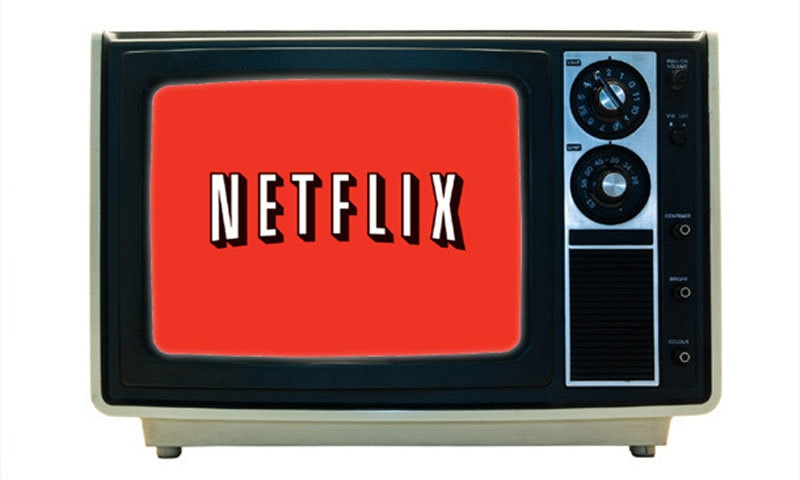Television, as we know it, is dying.
I remember the nine ‘o clock news days, when we huddled around our television sets, and PTV headlines were consumed with the utmost attention, and boisterous, trouble-making children were silenced or sent to bed.
Today, nobody needs to wait for nine ‘o clock anymore – the news is instant, around the clock, on our cell phones and often times, more accurate and honest compared to the scoops of a broadcasting station.
Courtesy constant connectivity, major news channels like the BBC are anticipating major losses in dwindling licensing fees options and are already downsizing to meet impending fiscal pressures.
Similarly, in the world of movies and TV shows, Netflix has already emerged as a viable alternative to traditional satellite, antenna and cable television channels in the US and other parts of the world. Moving forward, Netflix CEO, Reed Hastings wants the entire world to have equal access to quality content within a decade.
Also read: Now we can all Netflix and chill!
For a monthly subscription of 7.99 USD and a minimum bandwidth requirement of 0.3GB an hour, Netflix is all set to scale in Pakistan. The vision, to many, is inevitable, but a decade is still quite ambitious.
The challenges Netflix faces in countries like Pakistan help explain why.
What Pakistanis want and when they want it
Firstly, content distribution dynamics are highly fragmented across the globe – there is no single industry standard to organise licensing and that means Netflix will have to structure a series of unique launch and growth strategies for the many countries they have very recently, officially entered.
In Pakistan for instance, where Netflix offers around 500 titles (read movies and shows), consumers are opting to use Virtual Private Networks. Users can mask their locations through these networks and find access to the Netflix platform based in the US, offering thousands of shows and movies currently still unavailable in Pakistan.
Bypassing the Pakistani portal is not a downside in terms of loss in revenue because consumers still have to subscribe for the service, but there’s another downside. Netflix algorithms — that are designed to tailor content to specific consumer tastes, and in turn help determine future investments in securing new content — create data that is prone to error.
Ultimately, skewed data means inefficient investment.
Piracy poison
A second major challenge for Netflix in Pakistan is to somehow break customers from the country’s massive black market. As piracy reigns supreme through DVDs and digital torrents, a monthly subscription will sound attractive to a handful few who want to either watch on the go or are running out of precious disk space.
An even smaller group of hi-definition, surround sound loving people will perhaps subscribe for the ultra Netflix package that offers the sharpest images and sounds to its customers. In a country of 200 million people, and 30 million internet users, the aforementioned demographic is almost non-existent.
Despite the many foreseeable obstacles, including changing consumption habits, which involves pitching an alternative viewing experience to compulsive news bugs and the couch-hugging, soap opera brigade, the Netflix business model is a promising one.
The future is undoubtedly about watching your choice entertainment program in the palm of your hand, when you want, and for as long as you want.
And Pakistan’s future (approximately 100 million individuals under 25 years of age) are more open to new mediums, channels and programs than the generations before them.
To successfully capture the market in Pakistan, Netflix will need patience, deep pockets, unique content generation, a mechanism to either develop or secure that content.
Netflix will also have to hope for higher bandwidth at cheaper subscription rates. And most importantly, public sector leadership that can effectively criminalise piracy, which includes being able to stomach the economic ripples of a nationwide clampdown on illegal distribution.
Also read: 7 Pakistani films that need to be featured on Netflix right now
The list alone is a tiring one and it seems Reed Hastings is giving himself and Netflix 10 years to run through it. If Hastings does indeed make all of the above happen, he will create a series of precedents.
At the current point in time though, Netflix Pakistan has little to offer.
As a start, Netflix will have to put in serious money behind new production endeavours and create its own renditions of Pakistani television hits like Humsafar and so on.
Until that happens, my neighbours and I will most likely continue to chew on black market entertainment, and at the very most, if we are desperately itching to spend some money, we would rather spend on Netflix US, not Pakistan.
















































